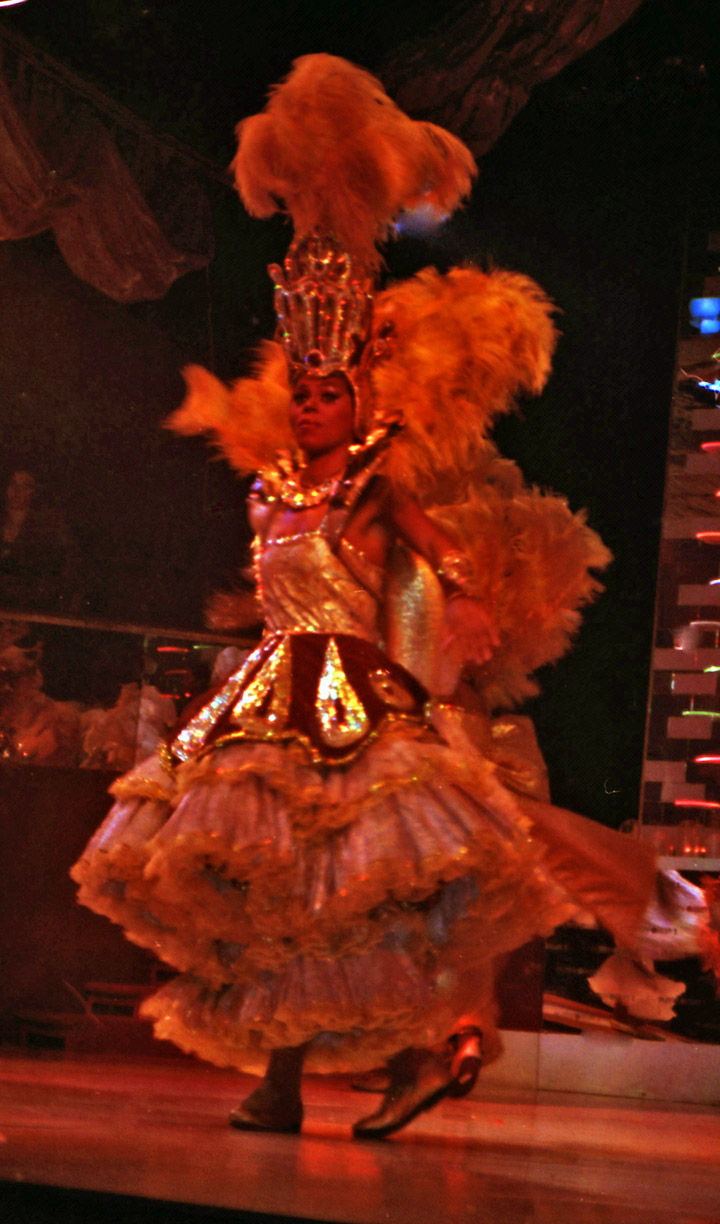

Rio de Janeiro
Photos taken in 1992
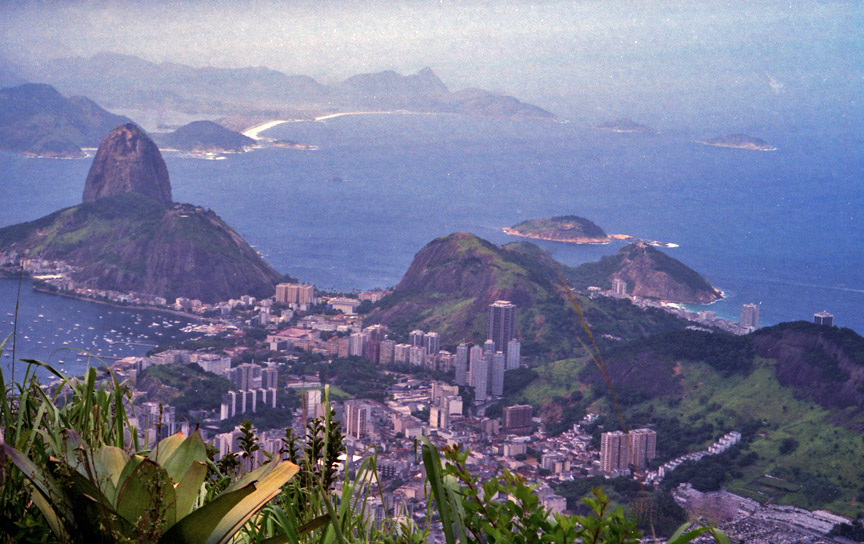
Rio de Janeiro ("River of January", in Portuguese), is the second largest city of Brazil and South America, behind São Paulo, and the third largest metropolitan area in South America, behind São Paulo and Buenos Aires. It is the state capital of Rio de Janeiro. The city was the capital of Brazil for nearly two centuries, from 1763 to 1822 during the Portuguese colonial era, and from 1822 to 1960 as an independent nation. It is also the former capital of the Portuguese Empire (1808 - 1821). Commonly known as just Rio, the city is also nicknamed A Cidade Maravilhosa, or "The Marvelous City".
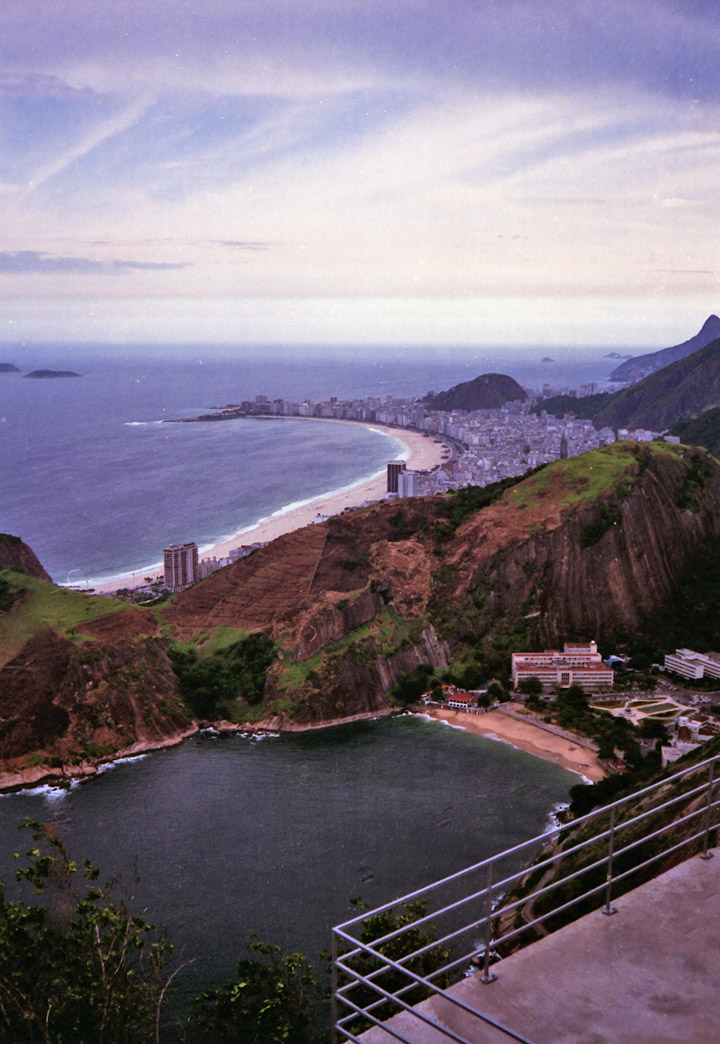
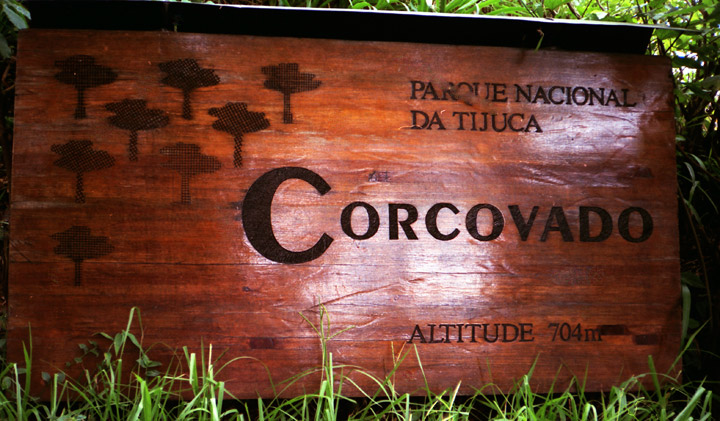
Corcovado National Park
Rio de Janeiro is famous for its natural settings, its Carnival celebrations, samba and other music, and hotel-lined tourist beaches, such as Copacabana and Ipanema. Some of the most famous landmarks in addition to the beaches include the giant statue of Christ, known as Christ the Redeemer ('Cristo Redentor') atop Corcovado mountain, named one of the New Seven Wonders of the World; Sugarloaf mountain (Pão de Açúcar) with its cable car; the Sambódromo, a giant permanent parade stand used during Carnival and Maracanã stadium, one of the world's largest football stadiums.
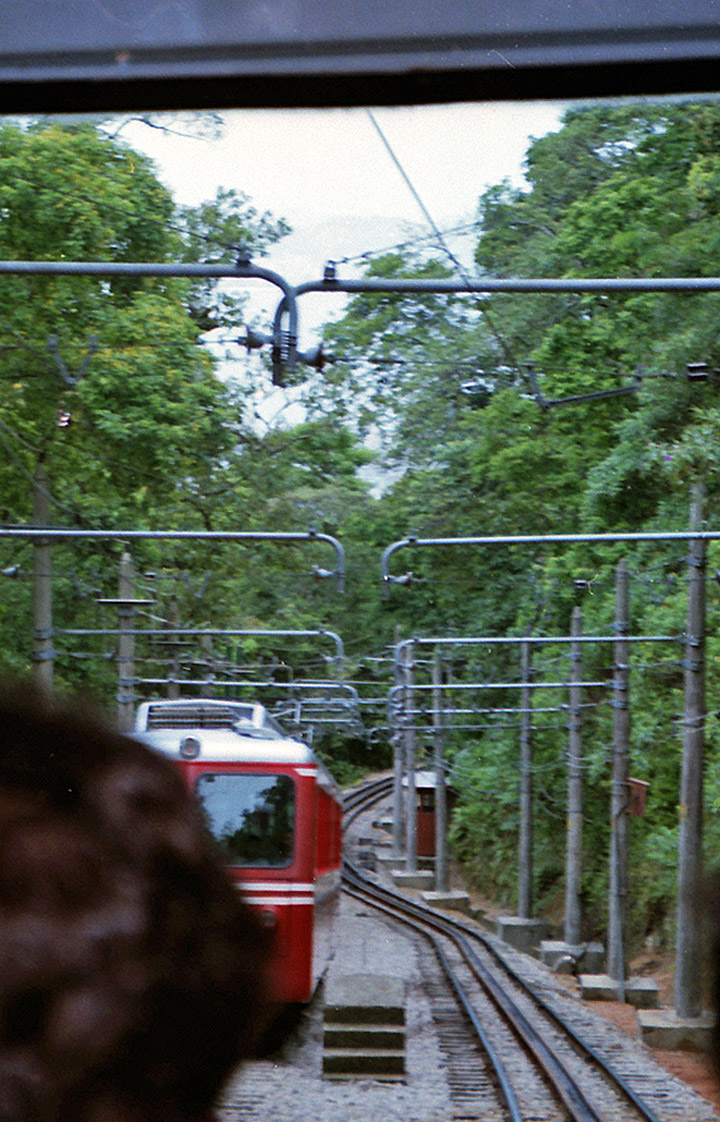

The city also boasts the largest and second largest urban forests in the world:
Floresta da Tijuca, or "Tijuca Forest". and (almost connected to the first) the
forest in Parque Estadual da Pedra Branca, or White Stone State Park. Galeão -
Antônio Carlos Jobim International Airport connects Rio de Janeiro with many
Brazilian cities and also operates several international flights.

Christ the Redeemer statue
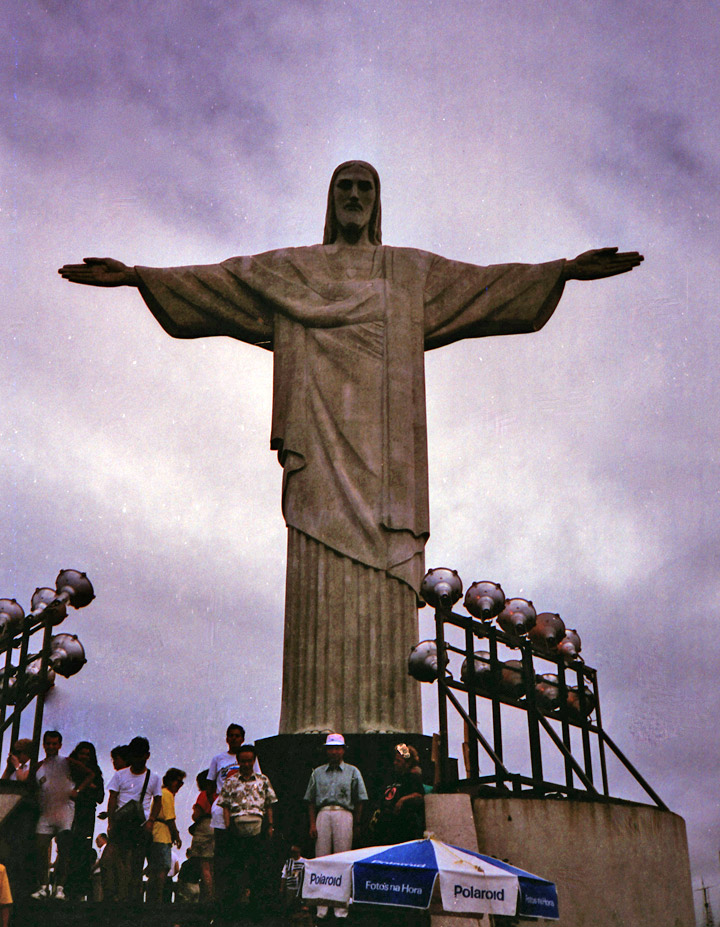
Despite its charm and beauty, Rio is reputed to be one of the most violent
cities in the world and motivated movies such as Bus 174, City of God and Elite
Squad portraying severe social issues. Much of the violent crime is concentrated
in the favelas or shantytowns but it also spills into middle- and upper-income
neighborhoods. In Rio, unlike other major cities, many of the slums are directly
adjacent to some of the wealthiest areas of the city.
Text from Wikipedia
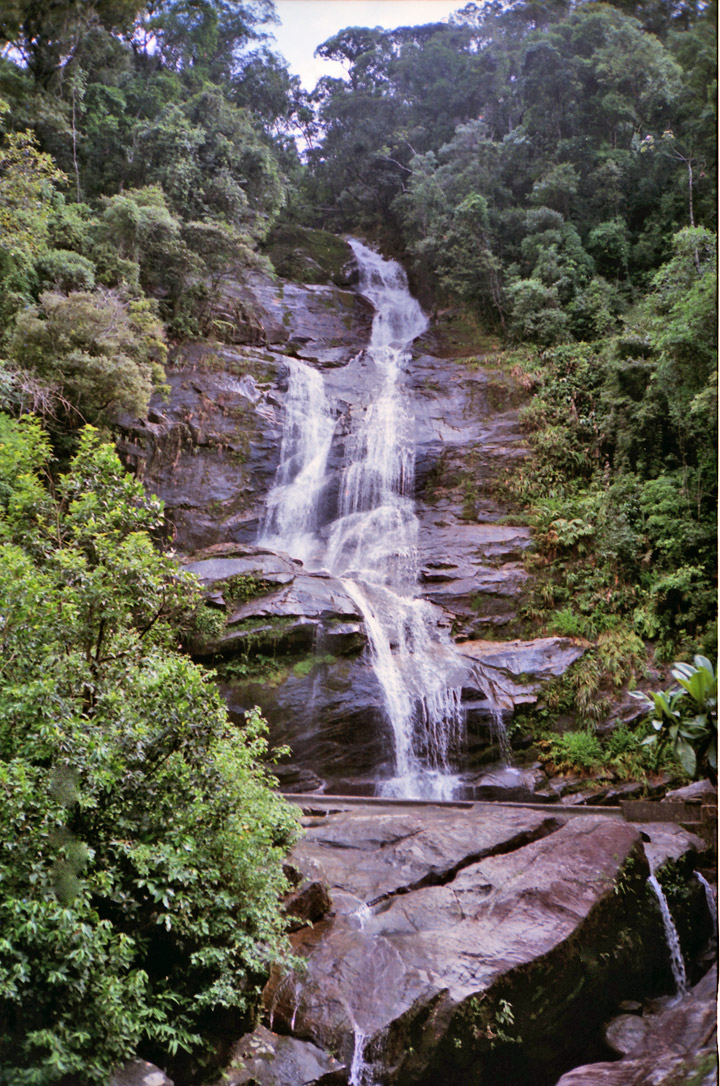
Taunay Falls

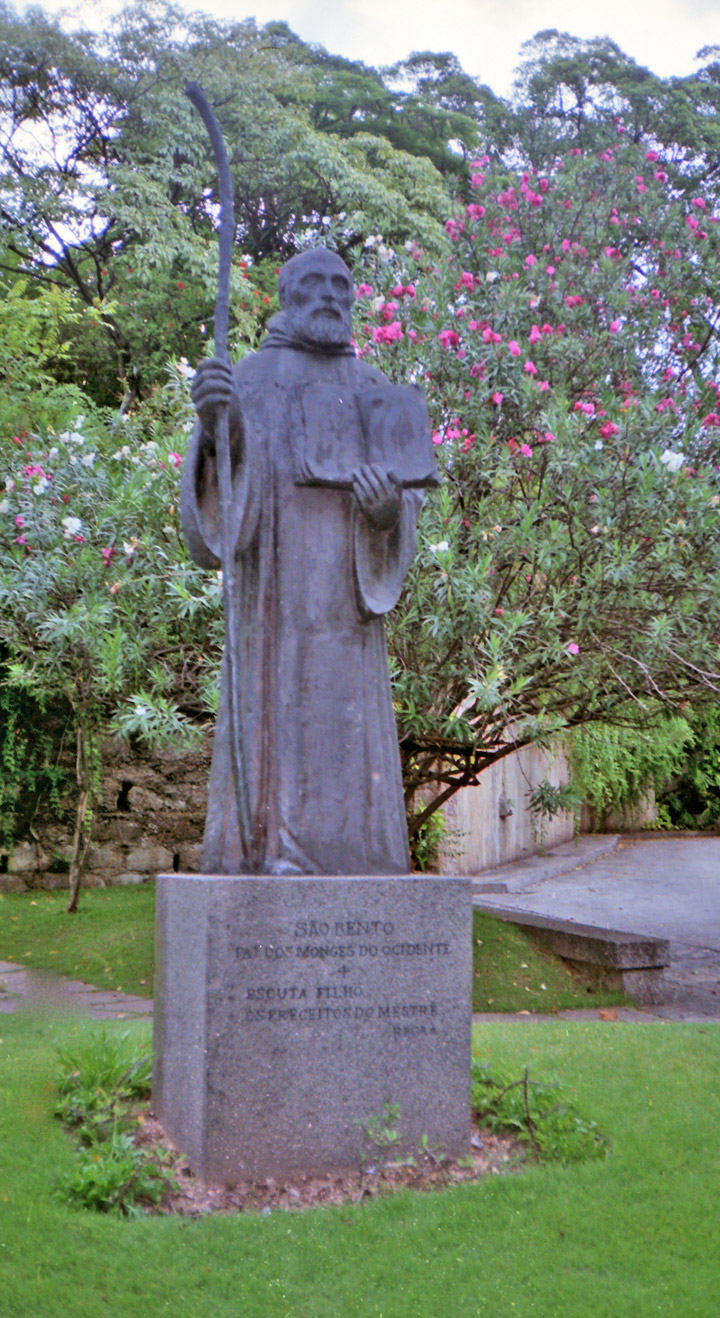
Sao Bento Monastery
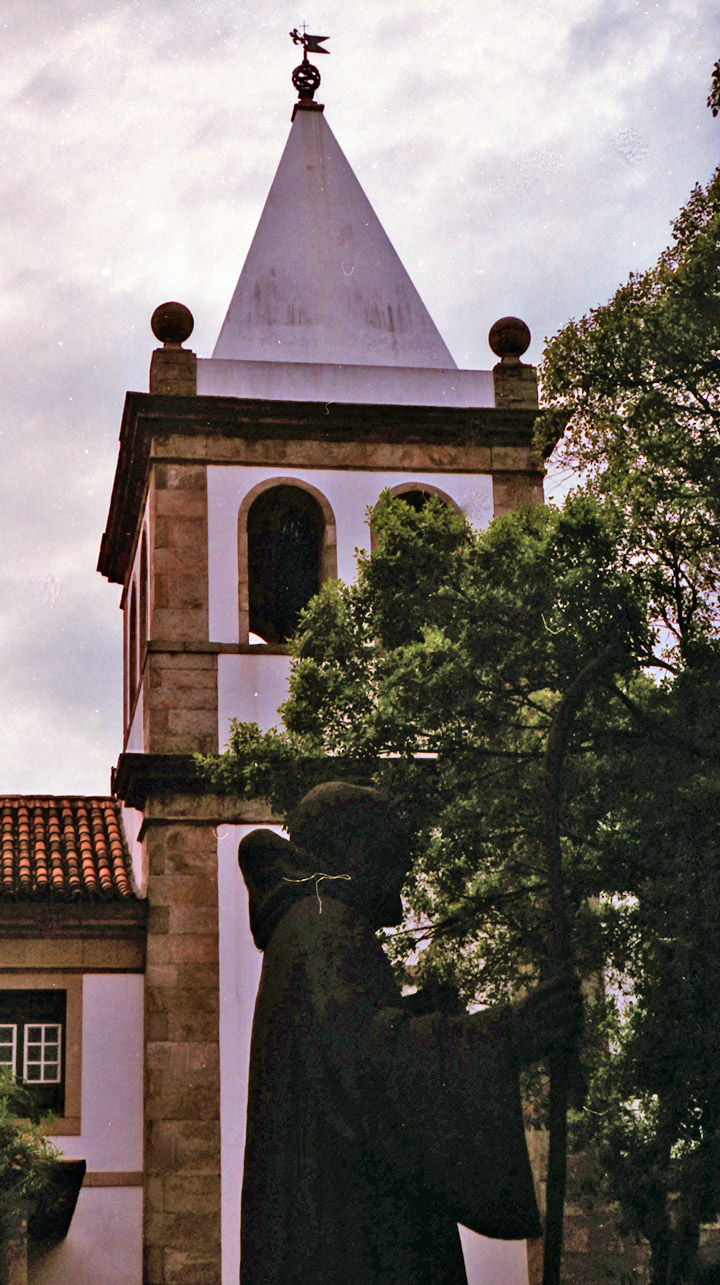
Candelaria church

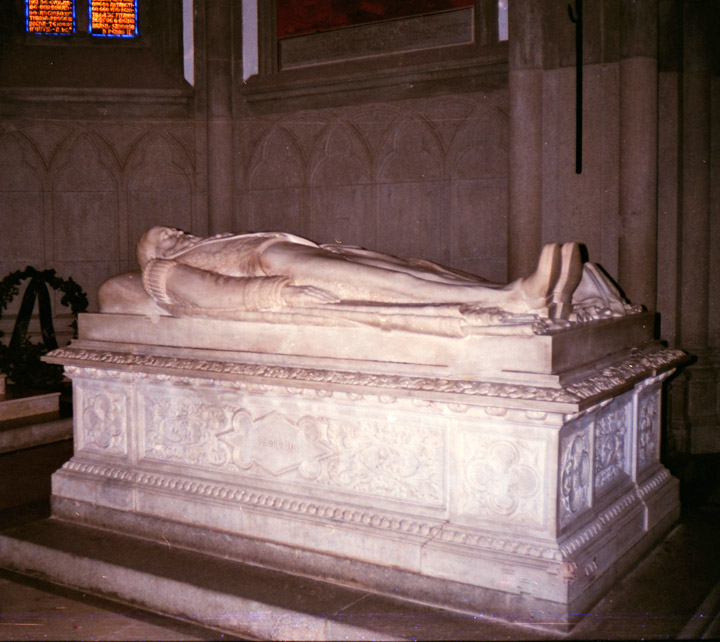
tomb in Petropolis

Festival costumes
